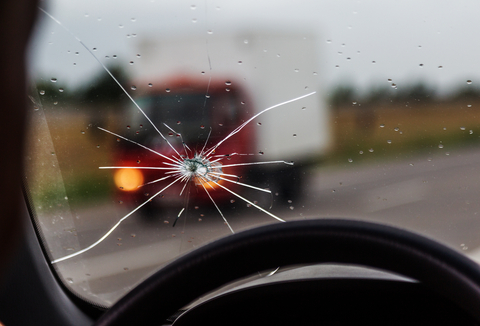Fix or Replace Your Windshield?

How do you know when to replace or fix your damaged windshield? According to Paul Syfko, general manager of Glass Medic, the first step is having your windshield reviewed by a certified repair specialist.
Glass Medic is a leading producer of windshield repair products and is owned by Belron, the world's largest manufacturer of automobile glass. Belron began as a glass merchant in 1898—the same year Travelers Insurance Co. introduced the first auto insurance policy and the City of New York was formally established.
"Windshields should be repaired as soon as possible because temperature fluctuations during fall and winter can spread windshield damage," Syfko said. "Once damage spreads out, the windshield becomes less suitable for repair."
Size, location and age of the damage plays a part in the repair or replace decision, Syfko saiZd. A general rule of thumb: Replace any damage with cracks longer than 12 inches.
Not all auto glass damage is the same. According to Syfko, repairs generally fall into one or a combination of the following types:
-
Bulls eye—a crater type of hole surrounded by a dark circle.
-
Star—has a series of short cracks.
-
Crack—a line through the windshield.
Repairs can be tricky since damage creates a pocket of air. All of the air must be removed before resin is applied. Technicians use a hand or electric pump to create a vacuum. Then, they inject clear resin into the hole and cure it with an ultraviolet lamp.
Resin bonds the glass and helps prevent damage from spreading, Syfko said. A good resin matches glass color and clarity. Although there is no such thing as an invisible repair, resins are permanent and can strengthen the glass.
"A typical repair process takes 20 or 30 minutes," Syfko said. "After repairs are completed, you can drive your vehicle immediately and even take it through the car wash.